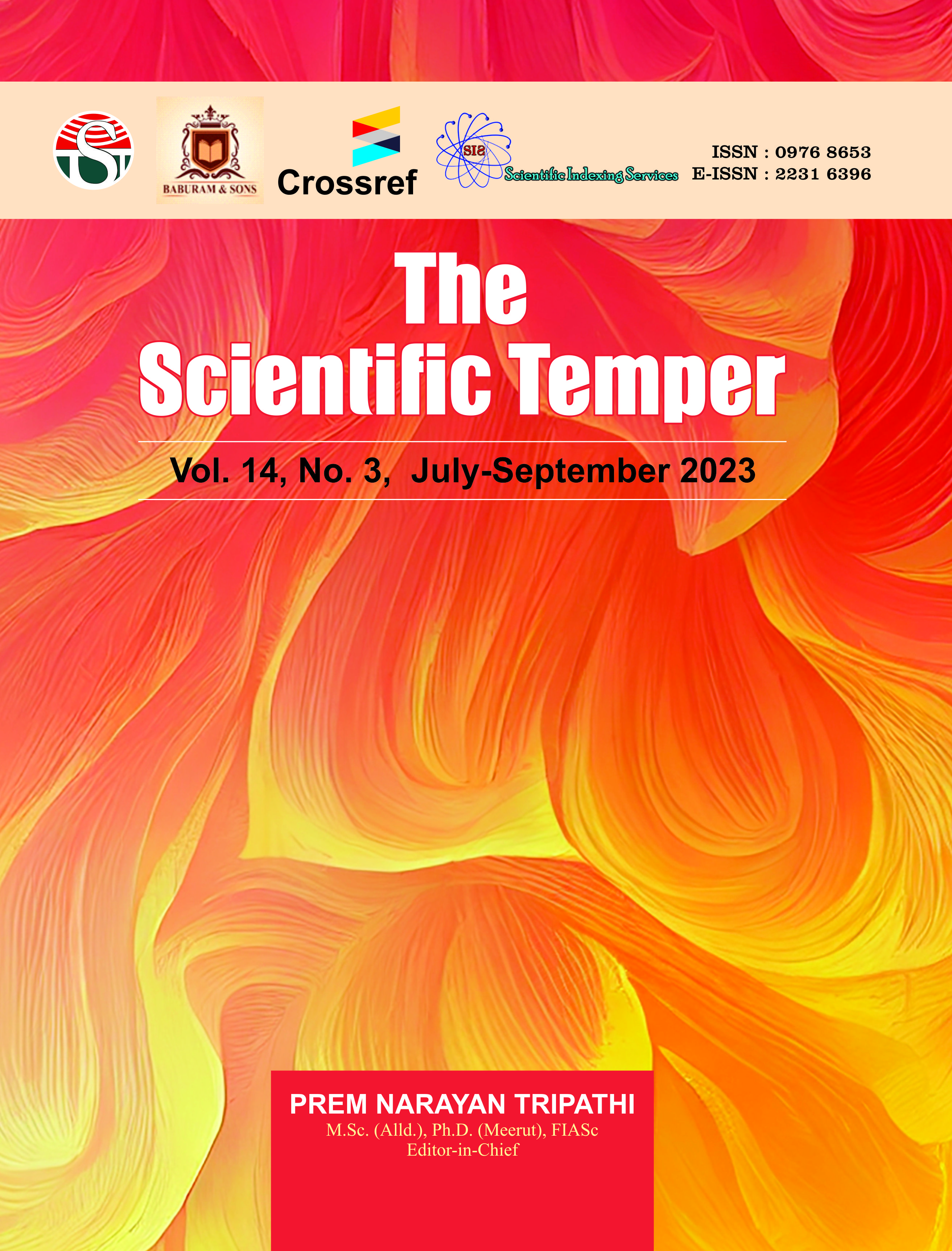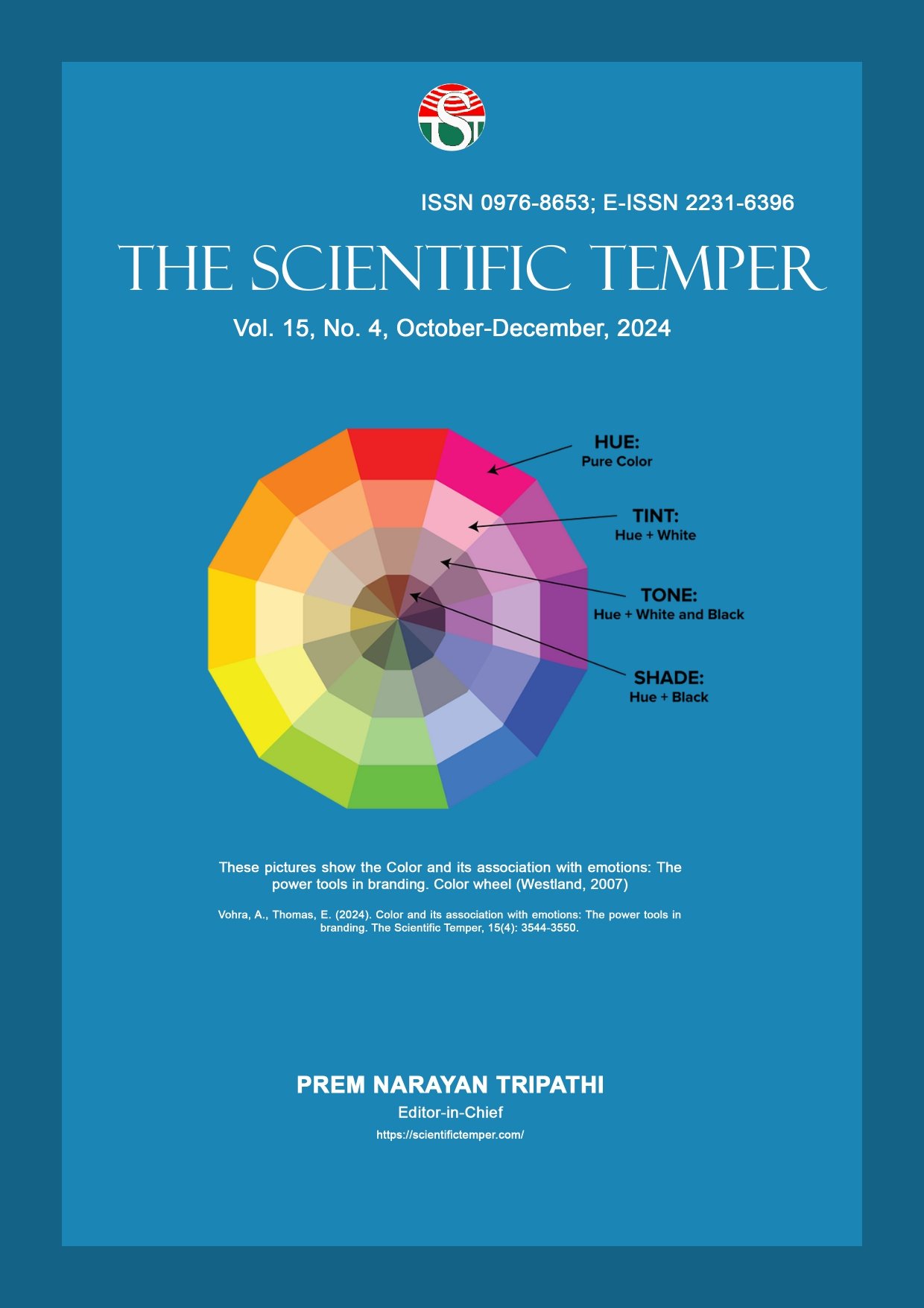Deep learning hyperparameter’s impact on potato disease detection
Downloads
Published
DOI:
https://doi.org/10.58414/SCIENTIFICTEMPER.2023.14.3.04Keywords:
Deep learning, CNN, Batch size, Optimizer, Activation function, PotatoDimensions Badge
Issue
Section
License
Copyright (c) 2023 The Scientific Temper

This work is licensed under a Creative Commons Attribution-NonCommercial-ShareAlike 4.0 International License.
In this study, we reviewed various published works that used deep learning techniques to detect potato leaf disease. Deep learning techniques have shown remarkable detection performance for potato leaf disease. In particular, CNN has been shown to be efficient in extracting features from images and in identifying patterns that are challenging to identify using machine learning techniques. However, CNN architectures with different activation functions, batch sizes, and optimizers can cause different results. Therefore, in this work, a CNN model has been implemented to analyze the effect of different activation functions, batch sizes, and optimizers for the detection of potato leaf diseases. Based on the findings of three experiments, the leaky rectifier function performed best as the activation function for the convolutional neural network (CNN) model. AdaGrad’s optimizer showed superior accuracy compared to stochastic gradient descent (SGD), Adam, Adamax, and RMSProp algorithms. We also discovered that the model’s performance was even better, but only when the batch size used in the model was smaller than the size of the test dataset. The work is based on deep learning to identify potato leaf disease and provide researchers and practitioners with heuristic knowledge to help increase potato production when CNN is employed in the agricultural sector.Abstract
How to Cite
Downloads
Similar Articles
- Samara Ahmed, Adil E. Rajput, Denial, acceptance and intervention in society regarding female workplace bullying - A mental health study on social media , The Scientific Temper: Vol. 14 No. 04 (2023): The Scientific Temper
- Naveena Somasundaram, Vigneshkumar M, Sanjay R. Pawar, M. Amutha, Balu S, Priya V, AI-driven material design for tissue engineering a comprehensive approach integrating generative adversarial networks and high-throughput experimentation , The Scientific Temper: Vol. 15 No. 01 (2024): The Scientific Temper
- V. Umadevi, S. Ranganathan, IoT based energy aware local approximated MapReduce fuzzy clustering for smart healthcare data transmission , The Scientific Temper: Vol. 15 No. 03 (2024): The Scientific Temper
You may also start an advanced similarity search for this article.
Most read articles by the same author(s)
- Temesgen A. Asfaw, Batch size impact on enset leaf disease detection , The Scientific Temper: Vol. 15 No. 01 (2024): The Scientific Temper



